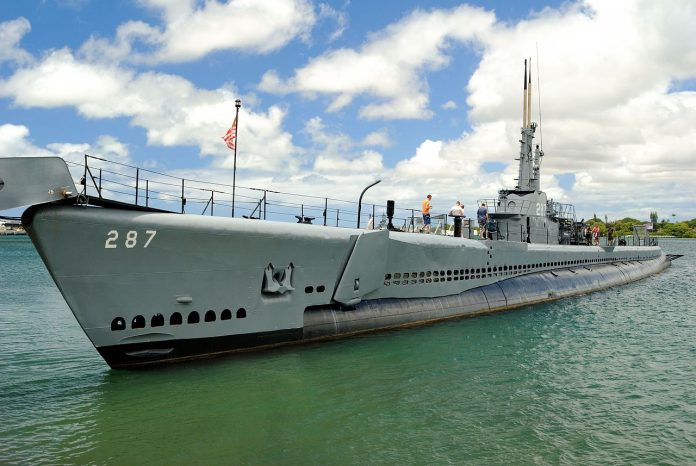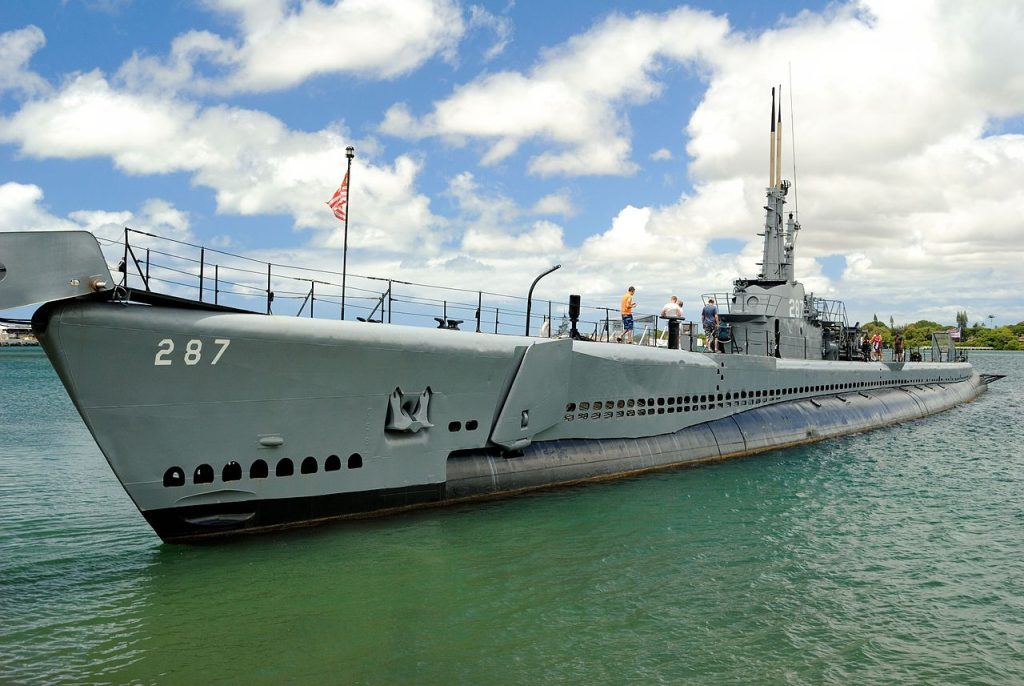
The artifacts testify to history testimony to immense tragedy in Cobia’s role in wartime efforts, but also testimony to the immense humanity of those moments in history that I believe bind us as individuals cross-generationally and cross-culturally,” said Kevin Cullen, director of the Wisconsin Maritime Museum, in a recent interview with Business Insider. It’s the sense that lingers in the narrow passageways of the USS Cobia, a World War II submarine now moored on the Manitowoc River, where history is not just observed but lived.
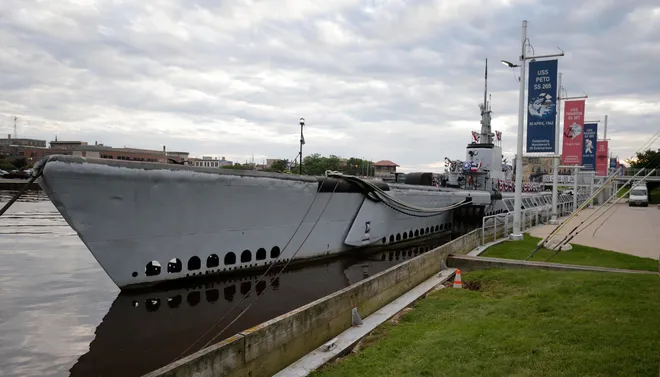
For history enthusiasts and experience travelers, spending a night on the USS Cobia isn’t an experienceit’s an immersion in the day-to-day realities, sacrifices, and esprit de corps of submariners. As the museum’s pioneering “Sub Bnb” program keeps pulling in visitors during 2025, the experience offers an unvarnished look into the past, blending preservation with personal connection. Here are seven revealing facts about this extraordinary night away.
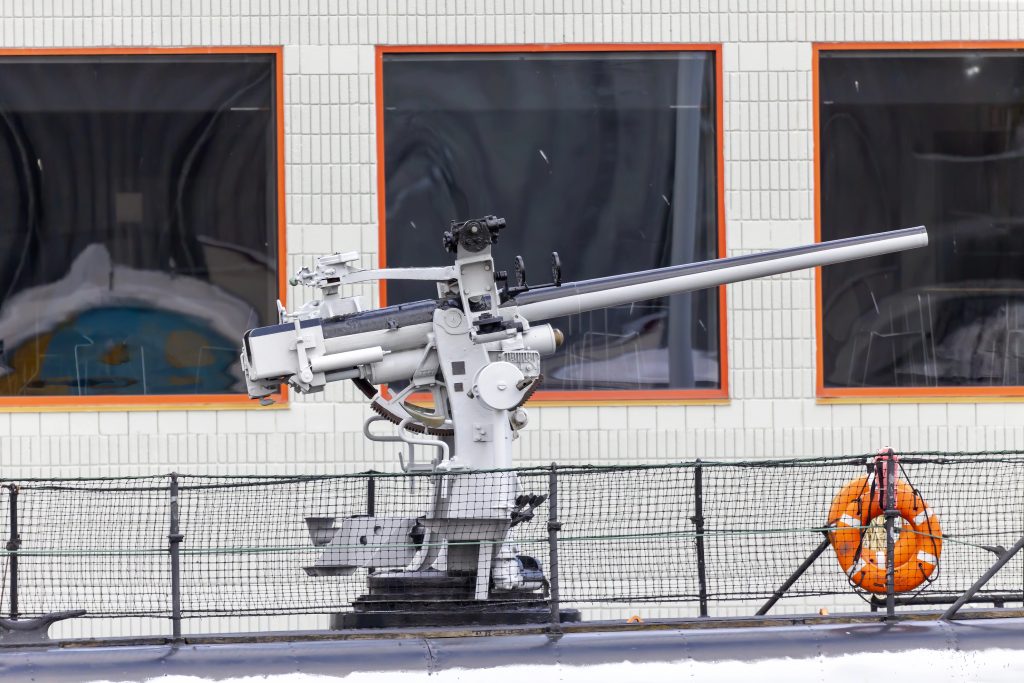
1. The USS Cobia Was a Floating Testament to Courage and Ingenuity
Moored outside the Wisconsin Maritime Museum, the USS Cobia honors American naval innovation and wartime resolve. Commissioned in 1944, the 312-foot submarine completed six war patrols, sank 13 enemy vessels Japanese ship with 28 tanks bound for Iwo Jima among themand rescued seven downed airmen. Its restoration is not an accident; since 1986, the Cobia has been a National Historic Landmark, restored painstakingly to its 1945 condition.
What sets the Cobia apart is not only its wartime successes but also the fact that it is a living classroom. As Mark Becker, a US Navy submarine veteran and museum volunteer, described, “She’s not only a life taker, she’s a lifesaver.” Visitors today can observe fully functioning radar systems and original engines, much of which still work through careful maintenance and restoration by employees and volunteers.
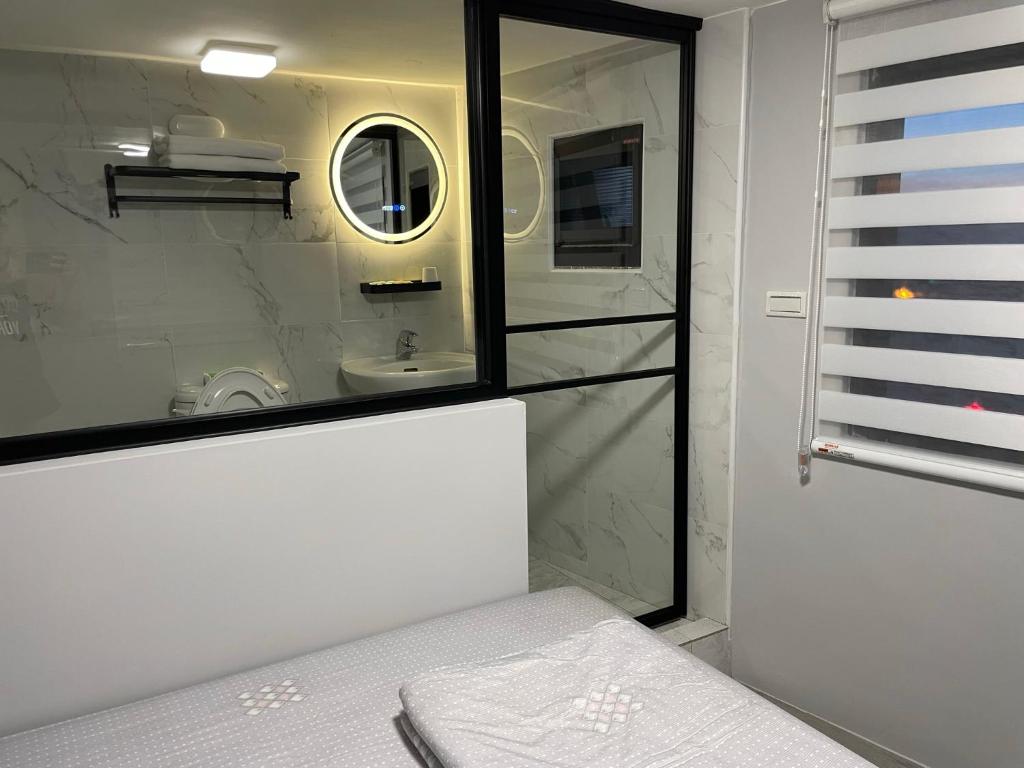
2. Sub Bnb: Sleeping Where Sailors Slept
Unusual museum exhibits, the Cobia provides overnight stays in the same bunks occupied by wartime crews. As many as 65 people may sleep on the ship, from the torpedo room at the front of the vessel to the historic “goat locker, “chief petty officers’ quarters, dubbed as such because goats were once stored aboard for fresh milk. The captain’s stateroom is the only forbidden space, a courtesy to naval heritage.
Guests are provided a seabag of linens, all a reference to submariner customs. Overnight stays start at $500 per night, plus charges, and the funds will go directly into preservation by the museum. As Cullen said, “Just by staying there, you get that authentic experience, but you’re also supporting preservation for generations to come.”
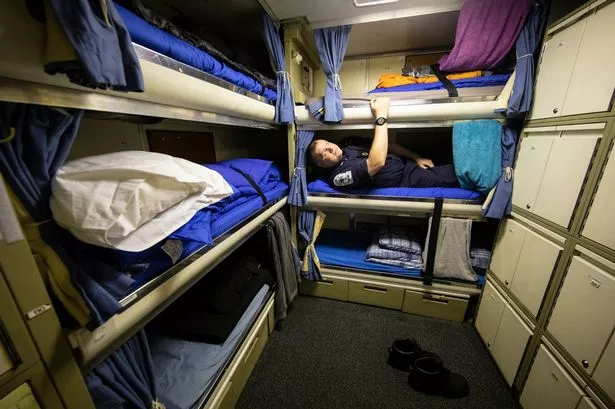
3. Living Conditions: Confinement, Camaraderie, and Challenge
The realities of submarine living become evident the moment guests climb the steep staircasesubstituting for the original laddersdown into the tight, confining passages of the vessel. With barely room to scuttle through hatches and scarcely room enough to lift one’s elbows, it’s hard to envision how 80 men spent months at sea. A bathroom break is a climb back up into the museum, a reminder of the logistical nightmare for sailors.
Personal space was a luxury: there was hardly a cubic foot to spare for most crewmen’s possessions, and higher ranks received a few more drawers. The absence of twentieth-century amenities phone availability, limited power outletscontributes to the feeling of isolation and ingenuity required to labor below the waves.
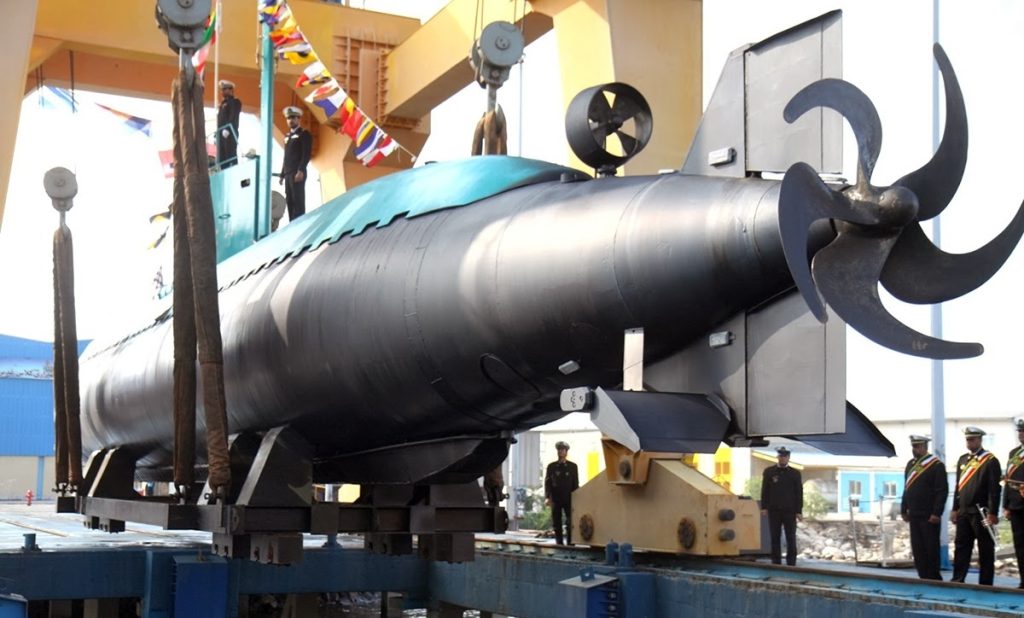
4. Diesel-Electric Power: The Heart of the Submarine
The cornerstone of the Cobia’s performance was its diesel-electric propulsion system, an engineering marvel of World War II. Four massive diesel enginesGeneral Motors V-16 or Fairbanks-Morse opposed piston varietiespowered up generators that generated electricity for the propulsion motors or recharged the submarine’s enormous battery storage. Each engine produced 1,600 brake horsepower, and the batteries, over 100 tons apiece, stored enough power for hours of snorkel depth operation underwater.
This combination system enabled the Cobia to swim silently beneath the water, a valuable asset in survival and stealth. Maintenance was continuous, batteries and engines being replaced daily, and constant danger from hydrogen gas buildupa danger that sank the USS Cochino in 1949. The engines of the Cobia are so well maintained that, today, two remain in operating condition for demonstration.
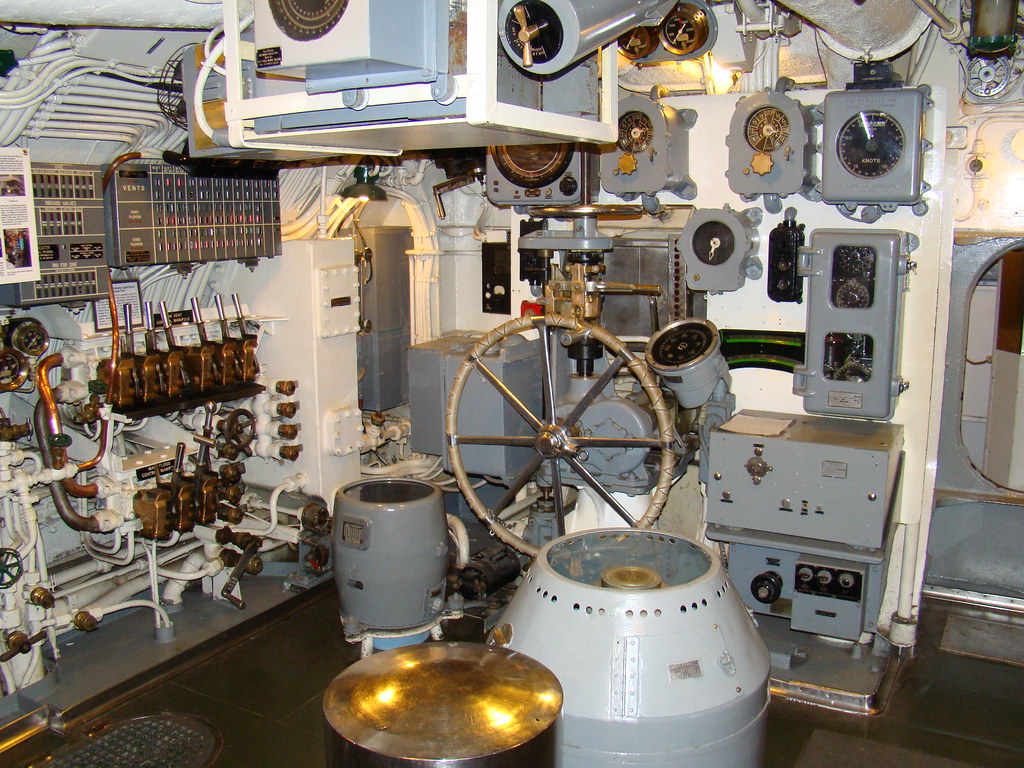
5. Behind-the-Scenes Access: Visiting Secret Areas
A night on the Cobia is an experiential opportunity beyond a typical tour. Guests have a privileged, off-limits glimpse into spaces not usually open to visitors, such as the pump room with its extremely complicated air compressors and cooling mechanisms. Instructions laminated in plastic detail the 54 steps of operating the machinery, pointing out the intricacy and coordination necessary on the part of the crew.
Visitors are invited to touch particular controlsguardedand even activate the original “battle stations” alert, a jarring and illuminating experience. Becker explains that the alarm needed to be heard over the sound of four diesel engines, a gut-level reminder of combat necessity and disorientation.
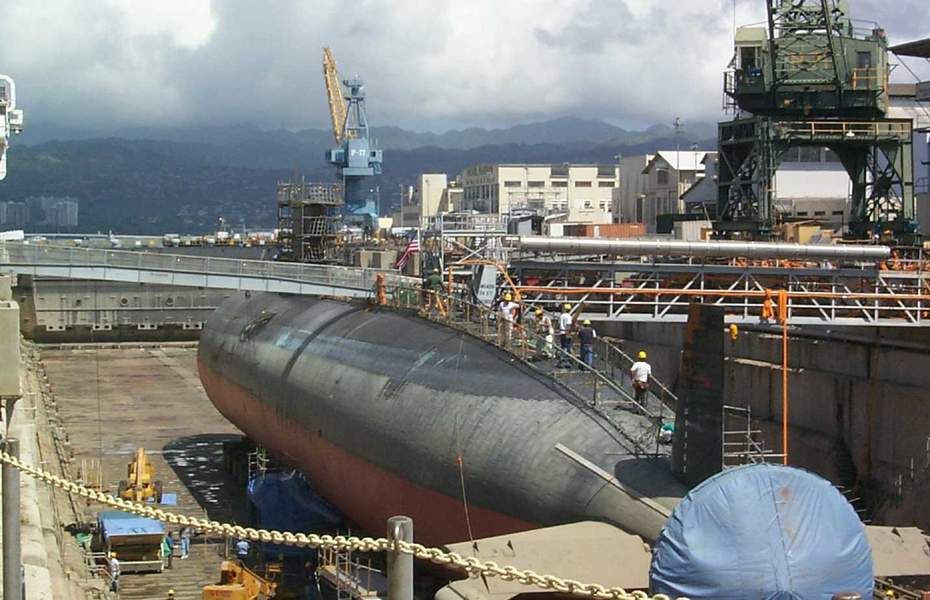
6. Conservation in Action: Financing, Dry Docking, and Community
Keeping the Cobia afloat is a monumental task. Annual maintenance costs approach $150,000, and every two to three decades, the submarine must be dry-docked for hull inspection and repairs. In 2025, the museum secured $1.5 million in combined public and private funding to move the Cobia to Sturgeon Bay for a comprehensive overhaul.
This is more than technical upkeep; it’s a community effort. With over 7.5 percent of Manitowoc County residents being veterans, the Cobia is a living memorial, running generations deep and honoring the region’s shipbuilding history.
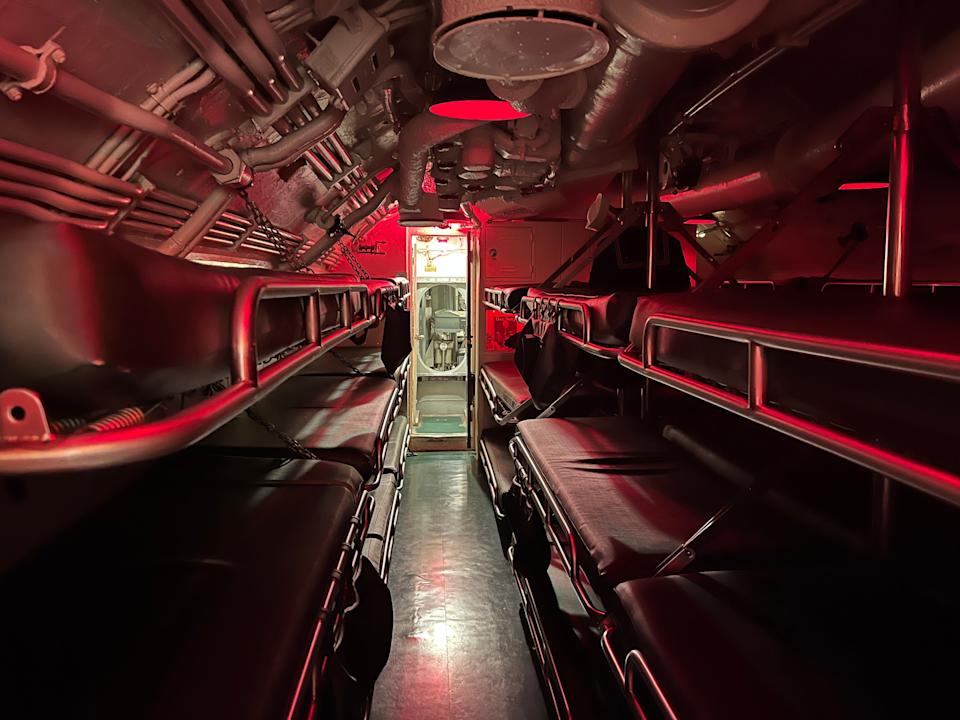
7. Immersive History: Reflection and Respect
Perhaps the most significant element of the Sub Bnb experience is the feeling of contact with history. Visitors eat in the ward room, explore the museum when it’s closed, and sleep in bunks where young sailors slept long ago. At night, the lingering smell of diesel fuel and the rocking motion of the river remind one of wartime sacrifice and perseverance.
Becker’s words echo throughout the quarters: “No matter how rough sailors looked, the patter of weeping sniffles could always be heard at night.” The experience engenders not just understanding, but respect rare opportunity to walk, eat, and sleep in the footsteps of history.
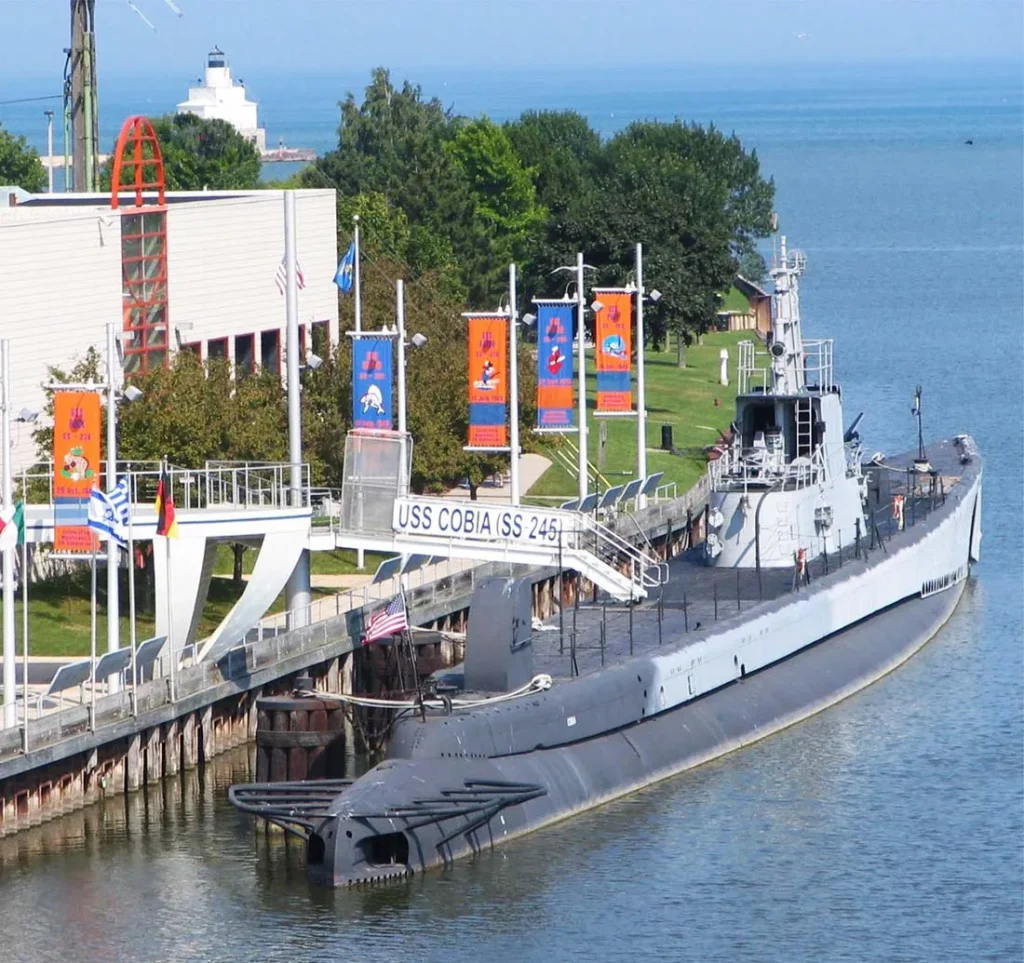
Staying overnight on the USS Cobia is not merely a night in, but a gesture of remembrance and engagement. For the history enthusiast who is interested in naval or military history, or the person seeking a real, hands-on experience with the past, the Sub Bnb offers a special combination of educational adventure and deference. As preservation goes on and the next generations step aboard, in 2025 the Cobia’s story enduresengraved in steel, memory, and pre-dawn stillness.
